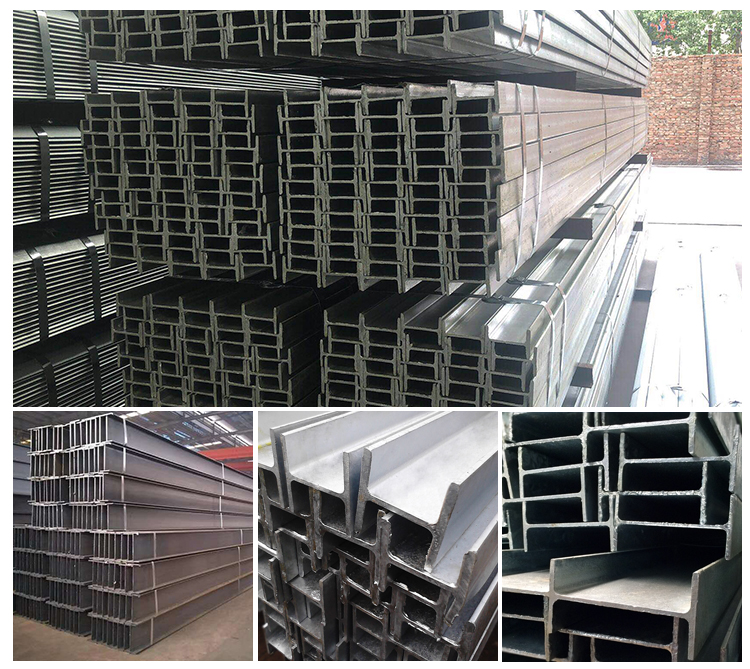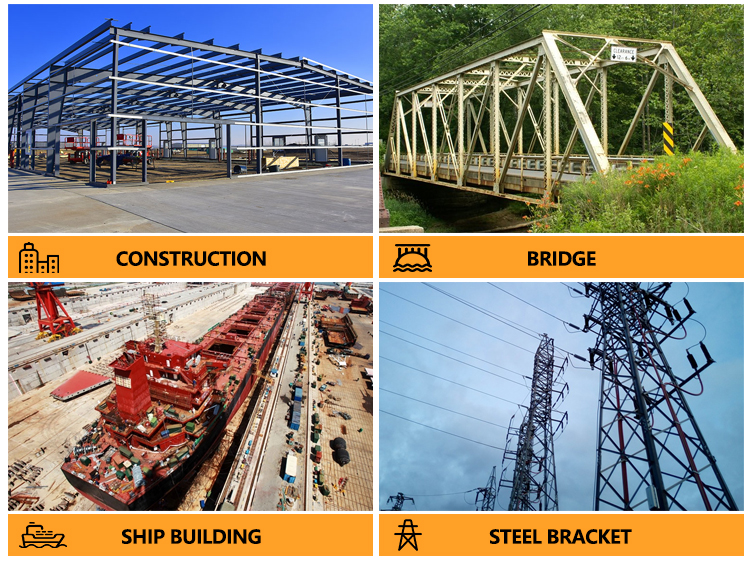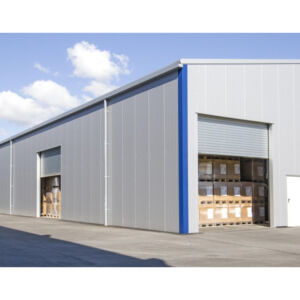H-beam steel, characterized by its H-shaped cross-section, finds extensive applications in various fields such as construction, engineering, and manufacturing due to its unique structural properties and performance. Let’s delve into specific application scenarios of H-beam steel across different domains.

Building Structures:
H-beam steel is commonly used in building structures, particularly as beams and columns in large-scale constructions. Its high strength and stability enable it to withstand significant loads, ensuring the stability and safety of buildings. In projects like high-rise buildings, bridges, and industrial facilities, H-beam steel is prevalent in the fabrication of various components and support structures.

Bridge Engineering:
Bridges are vital components of transportation infrastructure, and H-beam steel plays a crucial role in bridge engineering. It is often employed in bridge main girders and support structures, where its high strength and rigidity allow bridges to bear the weight of vehicles and absorb vibrations induced by traffic, thereby ensuring bridge safety and stability.
Marine Engineering:
H-beam steel finds wide applications in marine engineering. For instance, in the construction of offshore platforms, docks, and ships, H-beam steel is used to fabricate various load-bearing components and connectors to withstand the high-intensity waves and corrosion in marine environments.
Mechanical Manufacturing:
In the field of mechanical manufacturing, H-beam steel is frequently used to manufacture the main structures and support components of various machinery and equipment. Equipment such as cranes, excavators, and pressure vessels require H-beam steel to build sturdy frameworks and support systems, ensuring normal operation and safety.
Urban Infrastructure:
In the construction of urban infrastructure, H-beam steel plays a crucial role. Projects like subways, elevated bridges, and hydraulic engineering often require H-beam steel to construct load-bearing structures and support systems to meet the demands of urban transportation and living.

In conclusion, H-beam steel, with its outstanding mechanical properties and diverse specifications, is widely utilized in construction, engineering, and manufacturing fields. With ongoing technological advancements and engineering innovations, the future holds even broader prospects for the applications of H-beam steel.
other products:






